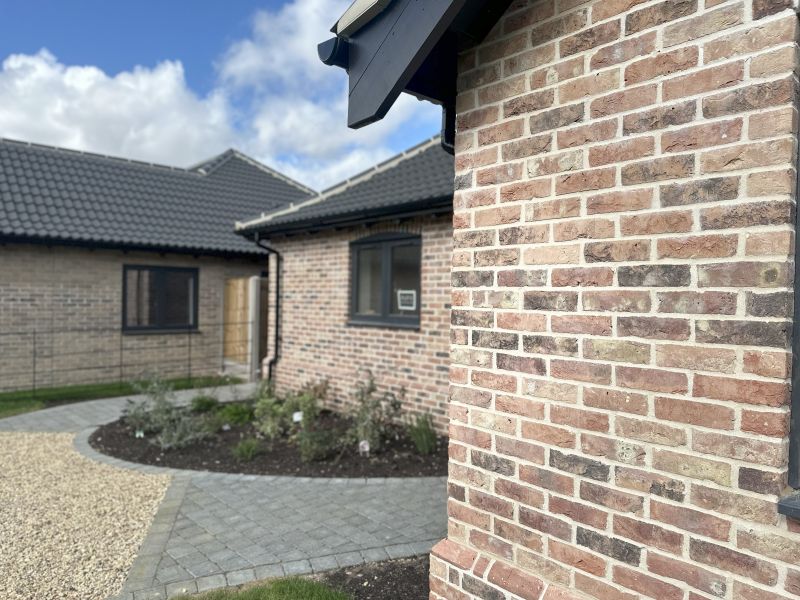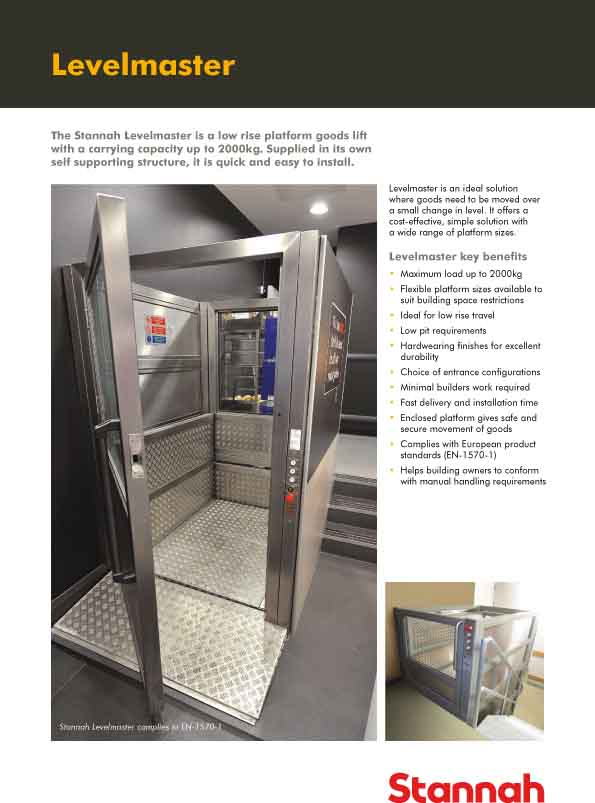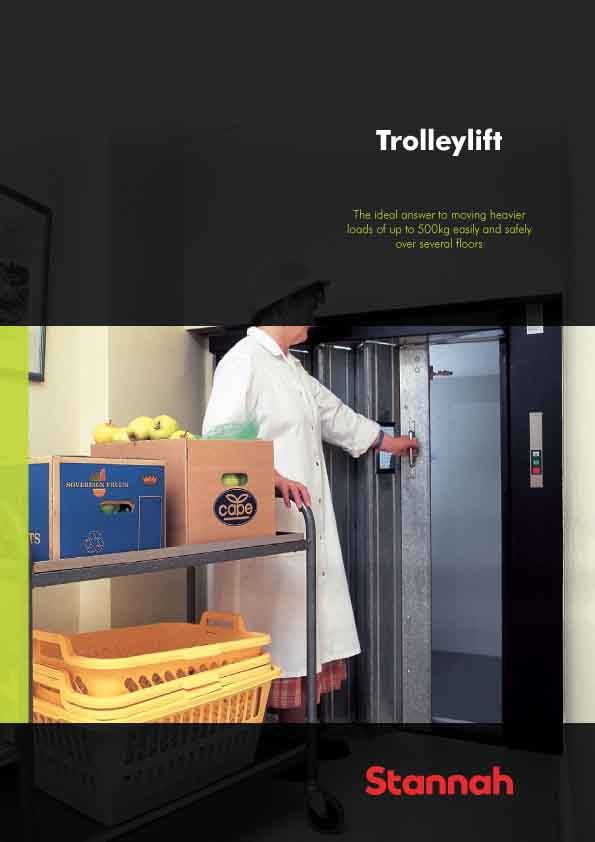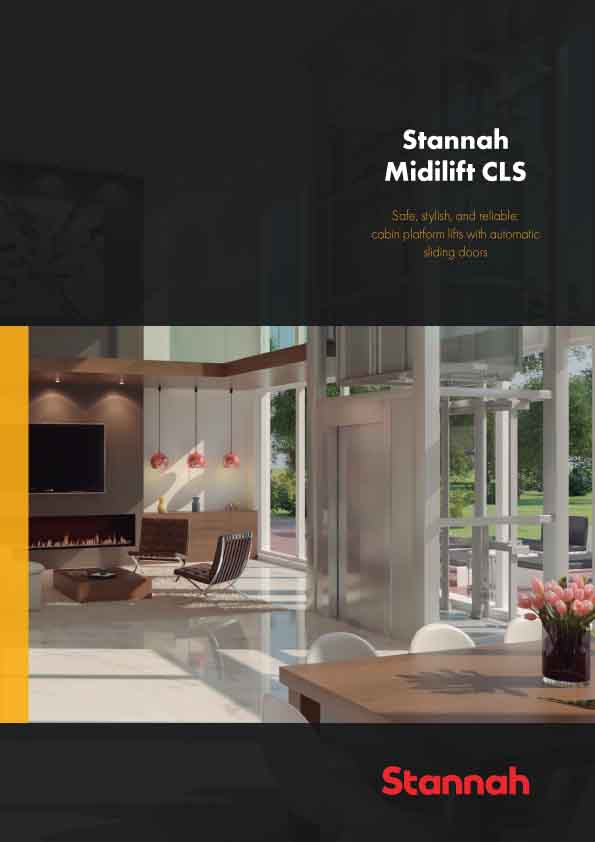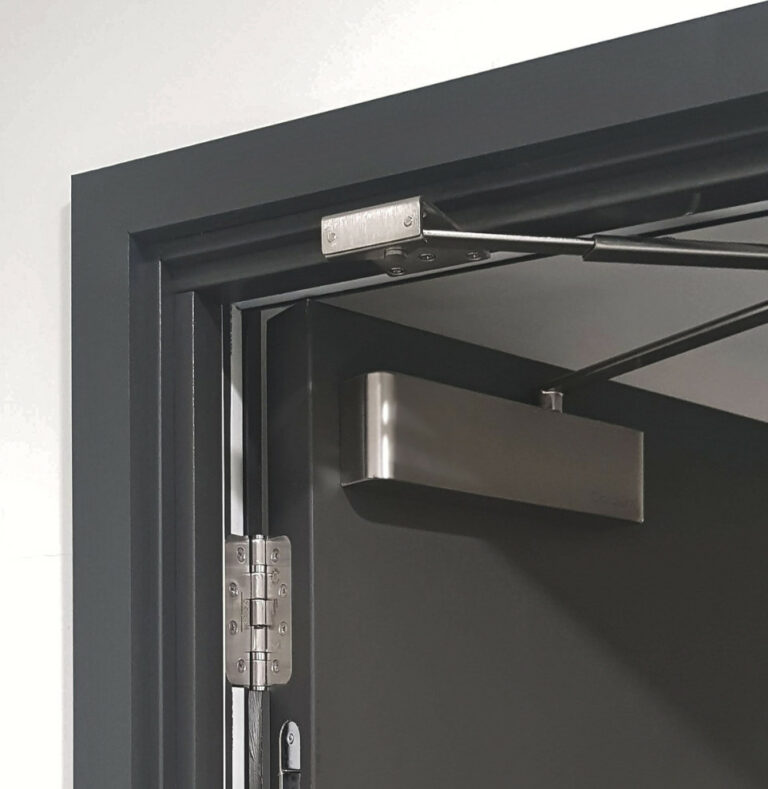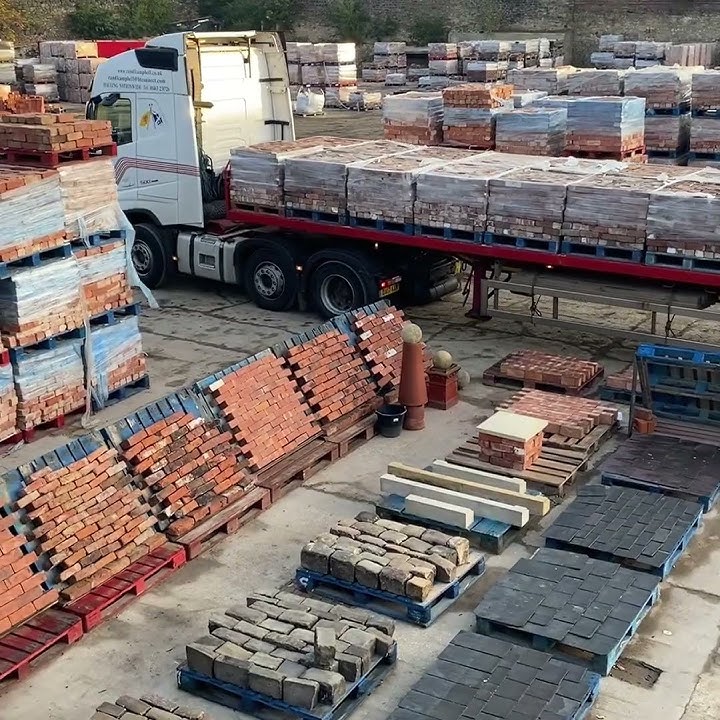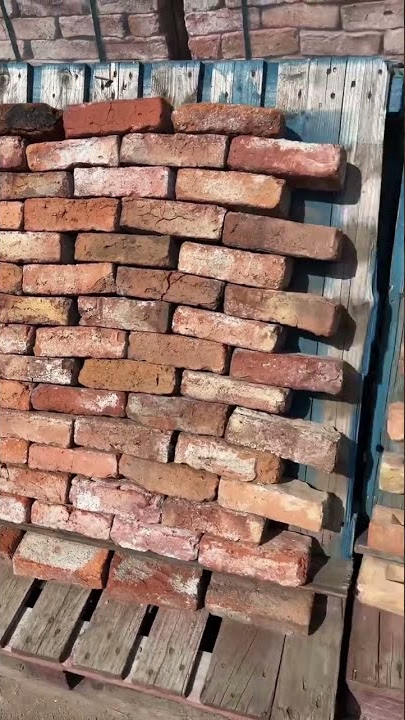During
Gas Safety Week (16-22 September), Calor is offering advice to developers,
planners and architects on designing a suitable and safe area for storing
communal underground Liquid Petroleum
Gas (LPG) tanks on new build housing developments
Ian
Digby, Specifier Sales Manager at Calor, explains that LPG has established itself as the lowest carbon-emitting fossil
fuel available in the off-grid market
and offers many benefits to developers bringing forward new housing schemes in
rural locations, where no viable connection to mains gas is possible.
“LPG
provides the nearest alternative to mains gas but many key stakeholders in the
housebuilding sector may not be familiar with the specific requirements of
Liquid Gas (Previously UKLPG) Codes of Practice (produced in conjunction with
the HSE) which all reputable LPG suppliers will follow," he said.
"This is to ensure the LPG tanks can be stored safely on site and provide
a consistent supply to all residents.
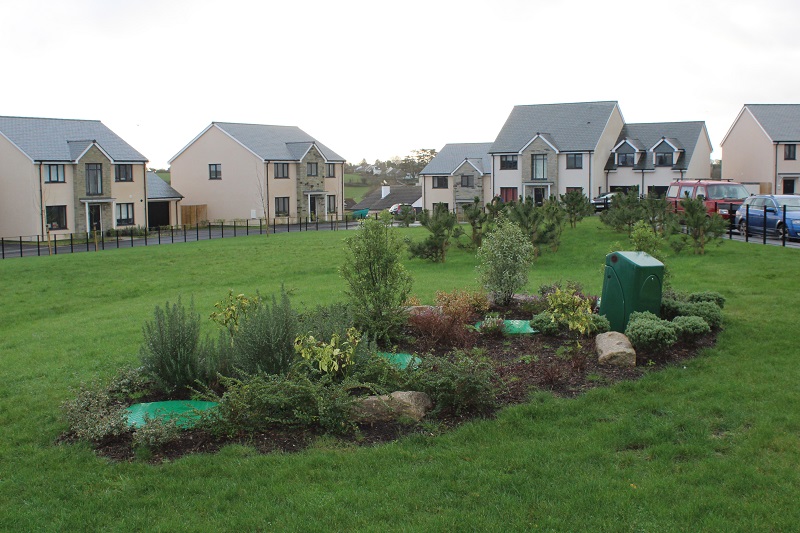
“A typical
off-grid housing development of 30 plots will require 3 x 4000l underground LPG
tanks to supply all properties. This will require an open area measuring 7m x
11.2m. Ideally, a space in a corner of the site would be best as this would
avoid breaking up any open public areas. In addition, bearing in mind that the
tanks take up to 1-2 hours to refill every 6-8 weeks in winter, the LPG tanker
is less likely to cause an inconvenience for residents.
“However,
tanks can be installed in any open space that is not subject to a section 106
agreement, depending on the constraints of the site.
“Calor’s
preference is that all underground LPG tanks are installed in a semi-mounded
fashion – this is to say the top of the tank is between 250mm & 500mm
higher than natural ground level and a gentle slopping mound is landscaped over
the remainder of the tank. This is to reduce the risk of the gas regulators,
which are located in the locked turret on the top of the tank, being subject to
any rising ground water issues caused by a low water table.
“This also
helps to ensure that heavy periods of rain will not affect their operation.
With careful landscaping by the ground workers on site, this can be achieved
successfully without affecting the overall aesthetics of the installation.
“Once
installed and landscaped, the exclusion or safety area around the LPG tanks
should be clearly demarcated to separate this from the wider open space. This
can normally be achieved by the installation of a knee rail fence around the
boundary of the area, though it is also perfectly acceptable to use large
wooden posts or substantial boulders or rocks to achieve this effect. Ideally
the area inside the safety zone should be finished with a layer of gravel or
bark, but it may be possible to use a different finish of turf to demarcate the
space.
“A suitable
gap must also be left to allow access by the LPG company’s employees for
refilling and maintenance purposes. A small warning sign to alert people to the
presence of LPG on site, should be installed in a visible location.
“Of course,
safety is paramount. Although LPG is a hazardous substance, it presents no more
of a risk than mains gas if it is installed and handled correctly.”









